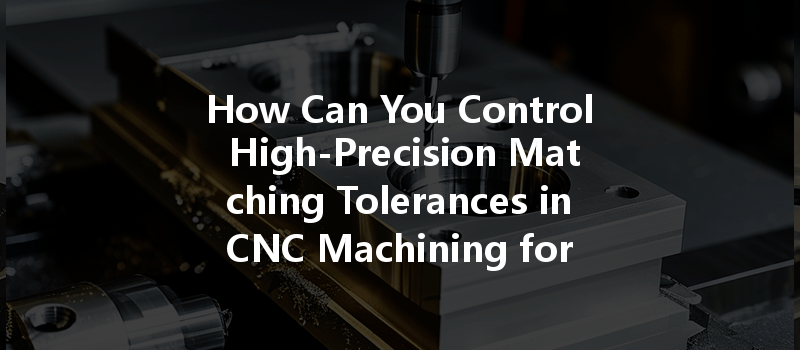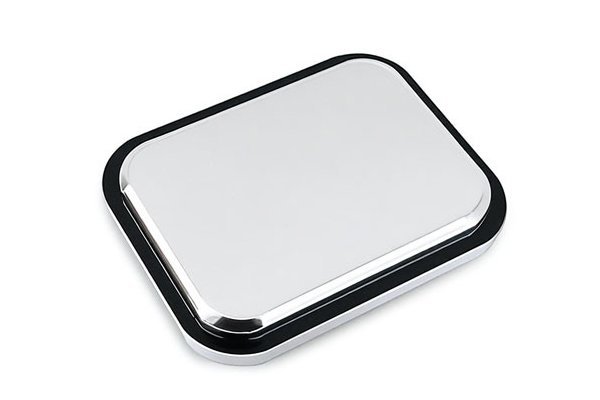Did you know that a mere 0.01mm discrepancy in CNC machining can lead to catastrophic failure in advanced applications, such as aerospace or medical devices? If you work in manufacturing or engineering, you understand that precision is not just a goal—it’s a strict requirement. Controlling high-precision matching tolerances in CNC machining can be the bridge between a successful product and a costly failure.
to CNC Machining Tolerances
CNC (Computer Numerical Control) machining is a vital process within modern manufacturing, enabling the creation of parts with incredibly tight tolerances. In an industry that increasingly demands high precision and reliability, understanding how to control these tolerances is paramount. Tolerances in CNC machining dictate how closely a manufactured part matches its intended specifications. They play a crucial role in ensuring parts can accurately fit and function together, particularly in industries like aerospace, automotive, medical, and electronics.
Understanding Tolerance: Definition and Importance
What is Tolerance?
Tolerance refers to the permissible limits of variation in a physical property, often dimensions. For instance, if a part is designed to be 20mm in diameter, a tolerance of ±0.1mm means the actual diameter can safely range from 19.9mm to 20.1mm.
Why Are Tolerances Important?
Factors Affecting CNC Machining Tolerances
To achieve high-precision matching tolerances, it’s crucial to first understand the factors that influence them.
Techniques for Controlling High-Precision Matching Tolerances
Achieving high-precision matching tolerances requires a combination of advanced machinery, skilled operators, and meticulous processes. Below are detailed strategies to control these tolerances.
Regularly calibrating CNC machines is necessary to ensure that they remain within their specified tolerances. This includes:
Choosing the right material for the application is key in managing tolerances. Consider the following:
Investing in high-quality tooling solutions can significantly impact the precision of your machining processes. Key points to consider include:

Precise programming of the CNC machines is crucial:
Incorporating efficient coolant and lubrication systems during machining operations can help maintain the integrity of both tools and materials, which is vital for precision. Here’s why:
Real-time monitoring can provide feedback during machining operations that prevent deviations from specified tolerances:
After machining, it’s important to perform dimensional checks using precision measurement tools:
Industry-Specific Examples of High-Precision Tolerances
High-precision tolerances are applied across various industries with unique requirements:
Aerospace
In aerospace manufacturing, the requirement for even tighter tolerances is pivotal. Components such as turbine blades may require tolerances as tight as ±0.01mm. The methods listed above—calibration, advanced tooling, and stringent process controls—are non-negotiable.
Medical Devices
Medical manufacturers often work with components that require extreme accuracy, such as those found in surgical instruments. Proper training of operators along with the latest technological advancements in CNC machining can significantly reduce errors, ensuring patient safety.
Automotive
In automotive manufacturing, parts must fit precisely to maintain high performance and safety. By rigorously monitoring tolerances throughout the CNC machining process, manufacturers can ensure that components required for engine assembly and safety systems perfectly match specifications.
In conclusion, controlling high-precision matching tolerances in CNC machining is critical to the success of diverse industries. By understanding and managing the various elements that affect tolerances—ranging from machine calibration and material selection to precision programming and process monitoring—manufacturers can produce high-quality parts that meet stringent requirements.
As markets continue to evolve and push towards greater functionality and specialization, the techniques discussed become invaluable. In today’s competitive landscape, ensuring perfect alignments and matching tolerances can be the key differentiator that drives businesses forward, assures customer satisfaction, and sustains operational excellence.
Why This Blog is Important
In a world increasingly driven by technology and innovation, the demand for high precision in machining will only magnify. Whether you are a business leader, engineer, or enthusiast, understanding the intricacies of controlling tolerances in CNC machining can give you a significant advantage in producing high-quality, reliable products. As we move forward, contemplating these factors can help drive not just your projects but also advancements in the industry as a whole. It’s an essential conversation worth having—not just for today but for the future of manufacturing.






